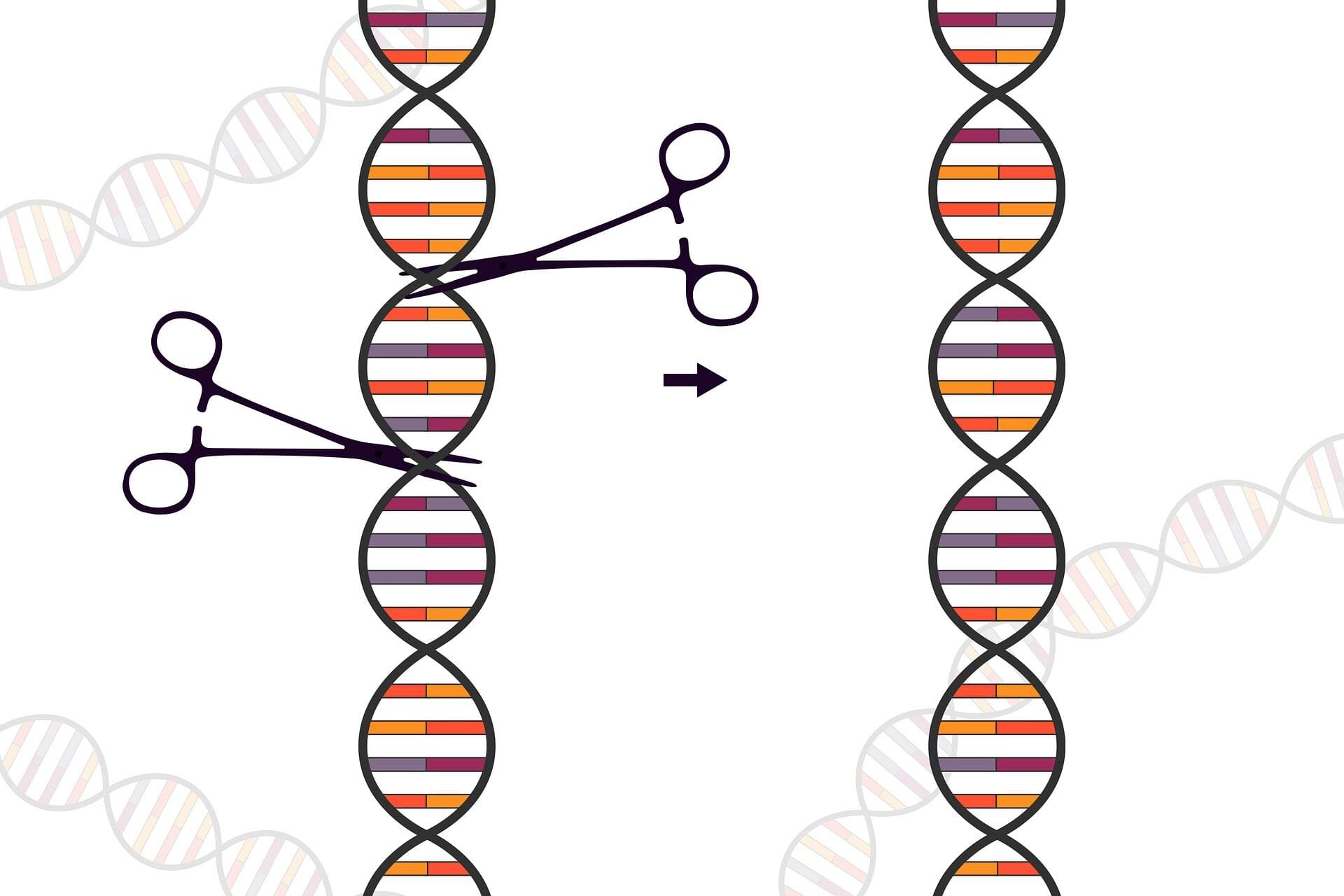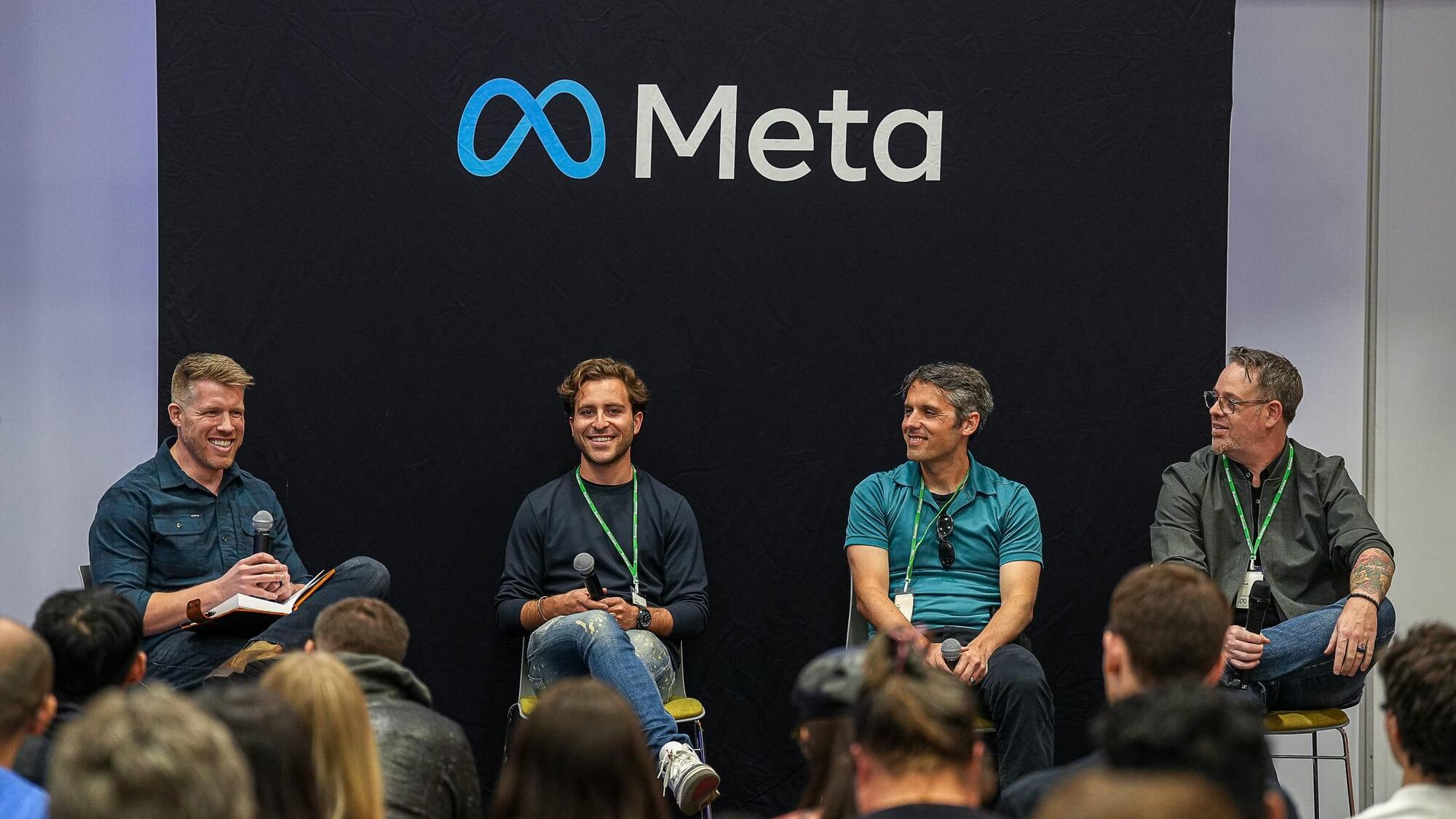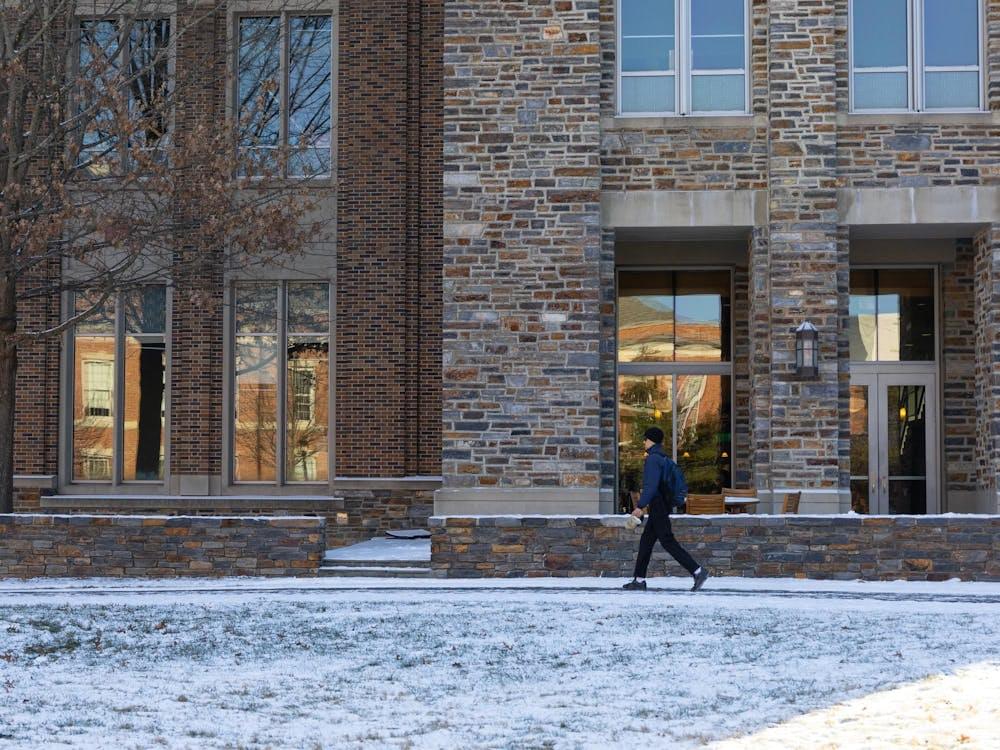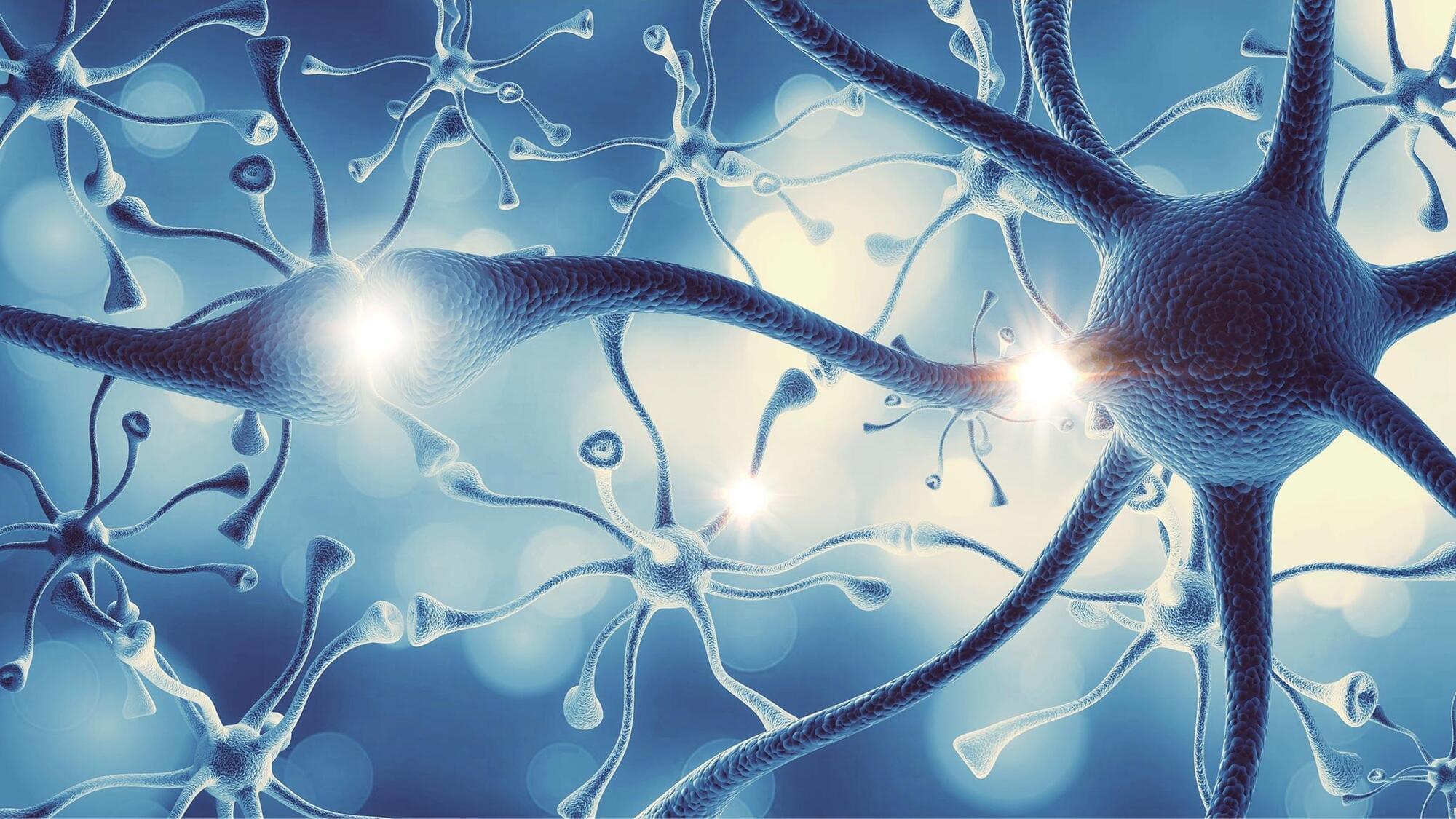A supercapacitor made from sargassum seaweed nanofibers powers medical devices inside the body, kills bacteria, and naturally fragments after use.
The most complex engineering of human cell lines ever has been achieved by scientists, revealing that our genomes are more resilient to significant structural changes than was previously thought.
Researchers from the Wellcome Sanger Institute, Imperial College London, Harvard University in the US and their collaborators used CRISPR prime editing to create multiple versions of human genomes in cell lines, each with different structural changes. Using genome sequencing, they were able to analyze the genetic effects of these structural variations on cell survival.
The research, published in Science, shows that as long as essential genes remain intact, our genomes can tolerate significant structural changes, including large deletions of the genetic code. The work opens the door to studying and predicting the role of structural variation in disease.
Random noise, such as background hubbub on a phone call, is usually thought of as unwanted interference. Now researchers at Columbia Engineering find the brain may harness unavoidable random fluctuations of its activity to perform useful computations, particularly in tasks relying on memory.
These findings not only deepen our understanding of how the brain works, but also may provide a blueprint for building smarter, more resilient technologies, the research team says.
They detailed their findings Jan. 16 in the Proceedings of the National Academy of Sciences.
This story was updated because it contained an inaccuracy.
Facebook and Instagram parent company Meta Platforms is reportedly in talks to reincorporate in Texas. Like many large U.S. corporations, the social media giant is incorporated in Delaware, but it might soon be migrating south, according to a report in The Wall Street Journal.
The report comes just weeks after Meta announced it would move its key content policy team to Texas. In a video announcement, Meta CEO Mark Zuckerberg criticized content censorship and moderation and said he wanted to promote free speech and expression. He also said that Texas was one of the best places to do that.
Powered by laser light, this tiny sail lays the groundwork for future advances in lightsail technology and the potential for interstellar propulsion.
Boston Dynamics’ Atlas robot has long been admired for its impressive agility, often performing feats that seem to defy the limits of humanoid robotics. But now, Atlas has reached a new milestone in its evolution—autonomy. Thanks to advancements in both hardware and software, Atlas is no longer just a display of physical prowess. It can now complete tasks independently, operating without the need for pre-programmed movements or human control.
Since its unveiling in 2013, Atlas has undergone continuous improvements, transforming from a partially hydraulic machine to a fully electrified robot. This change alone marked a significant shift in its capabilities, providing better efficiency and flexibility. However, it’s not just about the hardware—Atlas now boasts the ability to think on its feet. A recent demonstration showcased the robot’s impressive ability to move objects autonomously. In the video, Atlas was given a list of locations where it needed to place engine parts. With this simple instruction, the robot set to work, moving the pieces with remarkable fluidity and precision.
This isn’t just about lifting heavy objects. Atlas has been designed to navigate and adapt to changing environments. The use of machine learning has strengthened its ability to perceive and interact with the world around it. Through enhanced vision systems, Atlas can analyze its surroundings and adjust its actions accordingly. For example, when it encountered difficulty in placing one of the parts, Atlas immediately recalibrated its movements, showing an impressive level of adaptability.
Tune Therapeutics, a Durham biotechnology startup co-founded by a Duke professor, announced the completion of its Series B fundraising round on Jan. 12, in which it raised $175 million to support clinical trials for its epigenome editor.
The company will use the funding to advance clinical trials for Tune-401, the epigenetic silencing drug for treating chronic Hepatitis B — a viral infection that damages the liver and affects millions globally. The investment will also support the development of various other therapies, including additional gene, cell and regenerative therapy programs.
“The goal is to epigenetically repress the virus to prevent it from being able to replicate and make the viral proteins that it would normally produce,” said Charles Gersbach, John W. Strohbehn distinguished professor of biomedical engineering and cofounder of Tune Therapeutics.
A major trial in frontotemporal dementia patients has found that oxytocin can help improve symptoms of apathy. A new study led by Western researchers suggests that frequent treatment with intranasal oxytocin—a hormone linked to empathy—may help reduce apathy in patients with frontotemporal dementia (FTD).
The Potential Existence of Paraparticles, Once Considered “Impossible,” Now Mathematically Proven
Posted in computing, information science, mathematics, particle physics, quantum physics | Leave a Comment on The Potential Existence of Paraparticles, Once Considered “Impossible,” Now Mathematically Proven
For decades, the realm of particle physics has been governed by two major categories: fermions and bosons. Fermions, like quarks and leptons, make up matter, while bosons, such as photons and gluons, act as force carriers. These classifications have long been thought to be the limits of particle behavior. However, a breakthrough has recently changed this understanding.
Researchers have mathematically proven the existence of paraparticles, a theoretical type of particle that doesn’t fit neatly into the traditional fermion or boson categories. These exotic particles were once deemed impossible, defying the conventional laws of physics. Now, thanks to advanced mathematical equations, scientists have demonstrated that paraparticles can exist without violating known physical constraints.
The implications of this discovery could be far-reaching, especially in areas like quantum computing. Paraparticles could offer new possibilities in how we understand the universe at its most fundamental level. While the discovery is still in its early stages, it provides a new tool for physicists to explore more complex systems, potentially unlocking new technologies in the future.
A landmark development led by researchers from the University of Glasgow could help create a new generation of diamond-based transistors for use in high-power electronics.
Their new diamond transistor overcomes the limitations of previous developments in the technology to create a device much closer to being of practical use across a range of industries that rely on high power systems.
The team have found a new way to use diamond as the basis of a transistor that remains switched off by default—a development crucial for ensuring safety in devices that carry a large amount of electrical current when switched on.








